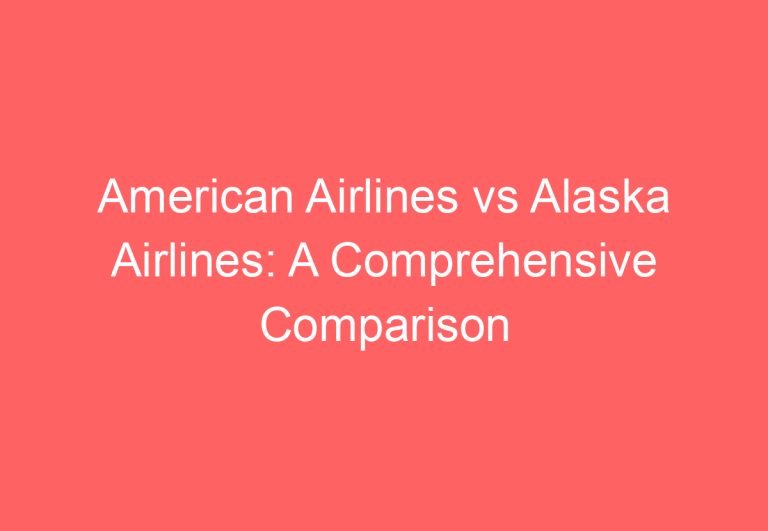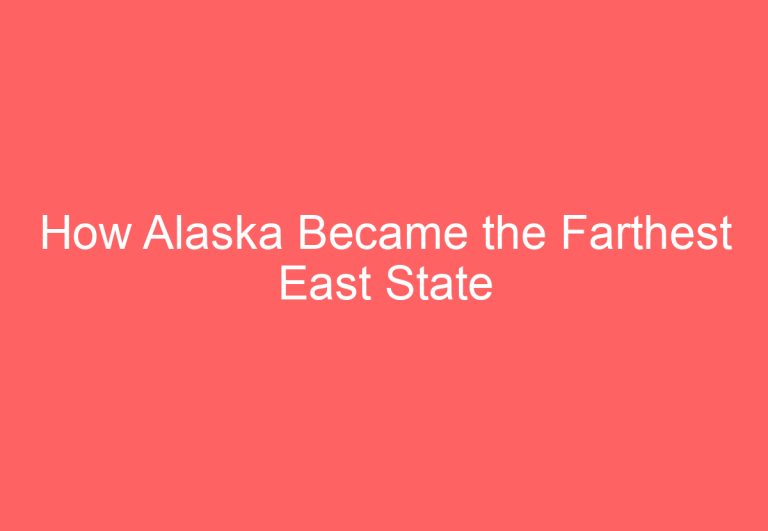How Much Do They Pay You to Live in Alaska: A Comprehensive Guide
Alaska is a unique state that offers many benefits to its residents. One of the most attractive benefits is the Permanent Fund Dividend (PFD), which pays eligible residents a portion of the state’s oil revenue. The PFD is often referred to as “free money” and can be a significant source of income for Alaskans. However, many people wonder how much they can expect to receive from the PFD and whether it’s worth it to live in Alaska.

The amount of money you can receive from the PFD varies from year to year and depends on several factors, including the state’s oil revenue and the number of eligible residents. In recent years, the PFD has ranged from around $1,000 to over $3,000 per person. While this may not seem like a significant amount of money, it can make a big difference in a state with a low cost of living like Alaska.
Living in Alaska has many benefits beyond the PFD, including beautiful scenery, a strong sense of community, and a slower pace of life. However, it’s important to consider the unique challenges of living in a remote and often harsh environment. The cost of living can be high in some areas, and access to basic goods and services can be limited. Overall, the decision to live in Alaska and receive the PFD is a personal one that should be carefully considered.
Understanding the Alaska Permanent Fund Dividend

History and Purpose of the Permanent Fund
The Alaska Permanent Fund was established in 1976 with the purpose of investing a portion of the state’s oil revenues for future generations. The fund is managed by the Alaska Permanent Fund Corporation (APFC), which invests the money in stocks, bonds, and other assets to generate income. The Permanent Fund Dividend (PFD) program was created in 1982 as a way to distribute a portion of the fund’s earnings to eligible Alaskans.
Eligibility Requirements for the Dividend
To be eligible for the PFD program, applicants must meet certain requirements. First, they must have been a resident of Alaska for the entire calendar year preceding the payout. Second, they must not have been convicted of a felony or have a criminal history that would disqualify them from receiving public assistance. Third, they must not have been absent from the state for more than 180 days during the calendar year.
Annual Payouts and Investment Earnings
The amount of the PFD payout varies from year to year and is based on the fund’s performance and the state government’s decisions. In recent years, payouts have ranged from around $900 to over $3,000 per eligible applicant. The payout is typically distributed in October of each year.
The fund’s investment earnings are also distributed to other state programs and agencies, including the Permanent Fund Dividend program itself. In addition, a portion of the earnings is deposited into the principal of the fund to ensure its long-term sustainability.
Overall, the Alaska Permanent Fund Dividend program is a unique and valuable benefit for eligible Alaskans. It provides a source of income that can help offset the high cost of living in the state and is a testament to the state’s commitment to investing in its residents’ future.
Cost of Living and Financial Considerations in Alaska

Expenses and Affordability of Life in Alaska
Alaska is known for its high cost of living, which can be a significant factor to consider when deciding to move to the Last Frontier. According to data gathered by MERIC in 2022, Alaska is ranked as the state with the sixth-highest cost of living in the United States. However, the cost of living can vary depending on the location, with Anchorage being one of the most expensive cities in the state.
Housing is one of the most significant expenses in Alaska, with the median home value being $385,000, according to Realtor.com. This is a 10% increase from 2021 to 2022. The cost of utilities in Alaska is also high, with heating costs being particularly expensive due to the harsh weather conditions.
Comparison of Taxes and Household Income
Alaska is one of the few states in the United States that does not have a state income tax. However, the state does have a sales tax, which can range from 0% to 7.5% depending on the location. Property taxes in Alaska are also relatively low compared to other states, with the average effective property tax rate being 1.19%.
The median household income in Alaska is $78,394, which is higher than the national average of $68,703. However, the cost of living in Alaska is also higher than the national average, which can impact the affordability of life in the state.
Economic Impact on Alaskan Communities
The high cost of living in Alaska can have a significant impact on the state’s economy, particularly in rural communities. Many Alaskans rely on natural resources, such as fishing, mining, and oil production, for their livelihoods. The state budget heavily relies on oil production, with Prudhoe Bay being one of the largest oil fields in North America.
The cost of living in Alaska can also impact future generations, with many young Alaskans leaving the state due to the high cost of living and lack of job opportunities. This can have an impact on the state’s population and workforce, particularly in rural communities.
Overall, while the cost of living in Alaska is high, it is important to consider the unique opportunities and benefits that the state has to offer. From its natural beauty and wildlife to its strong sense of community and resilience, Alaska can be an excellent place to call home for those willing to embrace its challenges and rewards.
Frequently Asked Questions

What is the annual amount residents receive for living in Alaska?
Alaskan residents receive an annual payment from the Alaskan Permanent Fund Dividend (PFD). The amount of money paid out to residents varies from year to year, but in 2024, the payment is expected to be around $2,500 per person.
Which cities offer financial incentives to new residents?
There are a few cities in Alaska that offer financial incentives to new residents. For example, the city of Anchorage offers a $1,000 relocation bonus to new residents who live and work in the city for at least one year. Other cities, such as Sitka and Ketchikan, offer similar programs.
Are there any states currently offering relocation bonuses?
Yes, there are a few states that offer relocation bonuses to new residents. For example, Vermont offers a $10,000 grant to new residents who move to the state and work remotely. Similarly, Oklahoma offers a $10,000 relocation bonus to remote workers who move to certain counties in the state.
How is the payment to Alaskan residents calculated?
The payment to Alaskan residents is calculated based on the performance of the Alaskan Permanent Fund, which is a state-owned investment fund. The fund invests in a variety of assets, including stocks, bonds, and real estate. The amount of money paid out to residents each year is based on a formula that takes into account the fund’s earnings and the number of eligible residents.
What are the requirements to be eligible for the Alaskan Permanent Fund Dividend?
To be eligible for the Alaskan Permanent Fund Dividend, a person must be an Alaskan resident for at least one year and must intend to remain an Alaskan resident indefinitely. Additionally, the person must not have been convicted of a felony during the year in which they are applying for the dividend.
Is the financial incentive for living in Alaska adjusted for inflation or cost of living increases?
Yes, the financial incentive for living in Alaska is adjusted for inflation each year. The amount of money paid out to residents is also adjusted for cost of living increases, which means that the payment may vary depending on where a person lives in the state.






